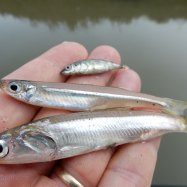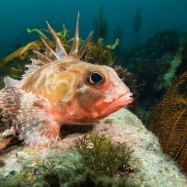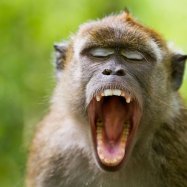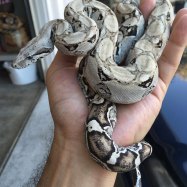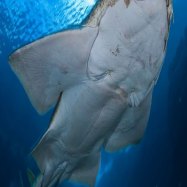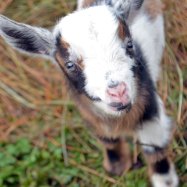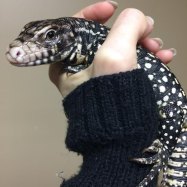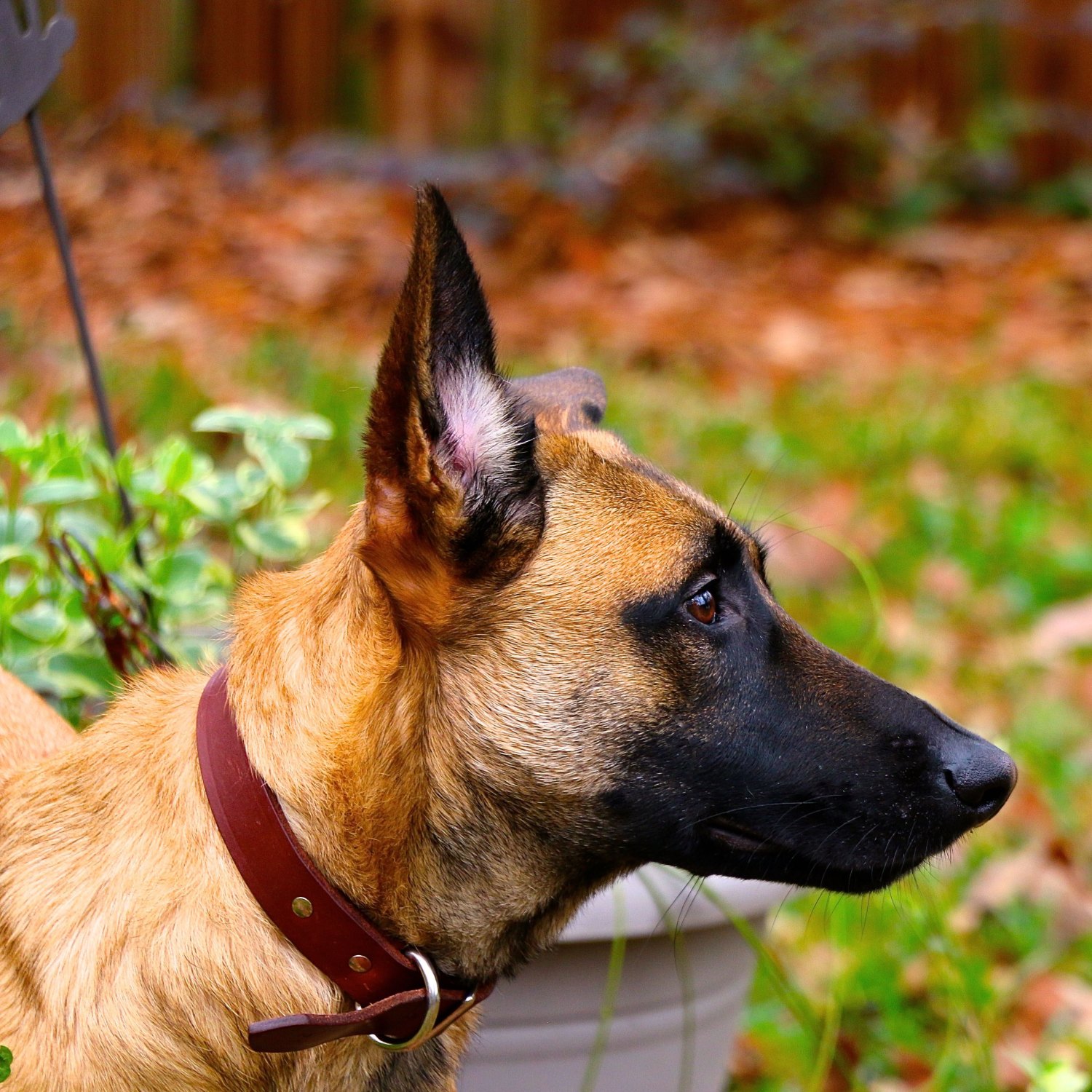
Belgian Malinois
22-26 inches
Belgian Malinois is a popular breed of dog known for its intelligence, athleticism, and loyalty. Originally bred in Northwestern Europe, these medium-sized and muscular dogs have a length of 22-26 inches. They belong to the Canidae family and make great working and companion animals. With proper training and socialization, these dogs can excel in various tasks, including police and military work, search and rescue, and even as therapy dogs. Consider adding a Belgian Malinois to your family if you're looking for a versatile and devoted canine companion.
Animal Details Summary:
Common Name: Belgian Malinois
Kingdom: Animalia
Habitat: Various, including urban areas, farms, and forests
The Incredible Belgian Malinois: A Guide to This Versatile Canine
When you hear the word "Belgian Malinois," what comes to your mind? A guard dog? A police dog? Perhaps a military dog? While it's true that the Belgian Malinois is commonly known for its work in security and law enforcement, there is so much more to this incredible canine. In this article, we will explore the outstanding features of the Belgian Malinois, from its origins in Belgium to its impressive abilities and traits.Origins and History
The Belgian Malinois, also known as "Mal" or "Malinois," is a breed of dog that originated in Belgium, as its name suggests. Dating back to the late 1800s, the Belgian Malinois was originally bred for herding and protecting livestock on farms Belgian Malinois. Its muscular build, unmatched speed, and keen intellect made it an ideal working dog for farmers. As time passed, the Belgian Malinois also became popular as a police dog, thanks to its sharp senses, high energy levels, and natural protective instincts.Physical Appearance
The Belgian Malinois is a medium-sized dog with a height ranging from 22 to 26 inches and a weight between 40 to 80 pounds. Its body is well-proportioned, with a lean and muscular build. Its athletic body allows it to move swiftly and with agility, making it one of the fastest dog breeds. The coat of a Belgian Malinois is short and straight, with a tan color and distinctive black markings on the face and legs. These markings not only give it a striking appearance but also have a functional purpose - to protect against the harsh sun and provide camouflage while working in the fields or forests.Habitat and Adaptability
One of the most remarkable features of the Belgian Malinois is its adaptability. While it originally thrived in the countryside and farmlands, it has successfully adapted to different environments, including urban areas, making it an excellent companion for city dwellers as well Bassador. As long as it receives proper exercise and mental stimulation, the Belgian Malinois is a happy and content dog, regardless of the living conditions. However, it is important to note that this breed requires abundant outdoor space to run and play, as they are high-energy dogs that need an outlet for their natural instincts.Work Ethics and Intelligence
The Belgian Malinois is a highly intelligent and capable dog, making it a top choice for various security and military forces around the world. They have a strong work ethic and a natural drive to please their owners, making them easy to train and work with. Their intelligence and trainability also make them suitable for a range of activities, including tracking, search and rescue, and even agility competitions. However, their high intelligence also means that they need constant stimulation, both physical and mental, to prevent boredom and destructive behaviors.Fierce Loyalty and Protective Nature
Due to their breeding as herding and protection dogs, Belgian Malinois have a natural instinct to be protective of their family and territory. They are extremely loyal and form strong bonds with their owners, making them an excellent choice for a family dog. However, their protective nature also means that they can be wary of strangers. Early socialization and training are crucial for this breed, to ensure they can distinguish between a threat and a friendly visitor.Diet and Nutrition
As carnivores, Belgian Malinois thrive on a diet rich in protein, which can come from a variety of sources, such as high-quality dog food, lean meats, and eggs. Their active lifestyle requires a sufficient amount of calories, so it's important to ensure they are getting enough food to maintain their energy levels. A diet lacking in nutrients can lead to weight loss and health issues, so it's essential to consult a veterinarian and develop a proper feeding plan for your Belgian Malinois.Common Health Issues
The Belgian Malinois is generally a healthy breed, with a lifespan of 12 to 14 years. However, as with all dogs, they can be prone to certain health issues, including hip and elbow dysplasia, eye problems, and allergies. To ensure the health and well-being of your Belgian Malinois, it is important to schedule regular check-ups with a veterinarian and maintain a proper diet and exercise routine.Geographical Distribution
The Belgian Malinois is a worldwide breed, found in different countries such as the United States, Canada, France, and Australia. However, they are most commonly found in their country of origin, Belgium, and other parts of Northwestern Europe. Thanks to their versatility and adaptability, they have become popular in various parts of the world, and their numbers continue to grow.Conclusion
From a humble farm dog to a versatile and highly sought-after working dog, the Belgian Malinois has come a long way. With its outstanding physical and mental abilities, fierce loyalty, and fierce protective instinct, it's no wonder that it has captured the hearts of dog lovers worldwide. Whether as a working dog or a family companion, the Belgian Malinois is a breed worth admiring and celebrating. So, next time you see one of these impressive canines, remember that there is much more to it than just being a guard dog - it is a loyal, intelligent, and versatile breed that has rightfully earned its place in the dog world.

Belgian Malinois
Animal Details Belgian Malinois - Scientific Name: Canis lupus familiaris
- Category: Animals B
- Scientific Name: Canis lupus familiaris
- Common Name: Belgian Malinois
- Kingdom: Animalia
- Phylum: Chordata
- Class: Mammalia
- Order: Carnivora
- Family: Canidae
- Habitat: Various, including urban areas, farms, and forests
- Feeding Method: Carnivorous
- Geographical Distribution: Worldwide
- Country of Origin: Belgium
- Location: Northwestern Europe
- Animal Coloration: Tan with black markings
- Body Shape: Medium-sized and muscular
- Length: 22-26 inches
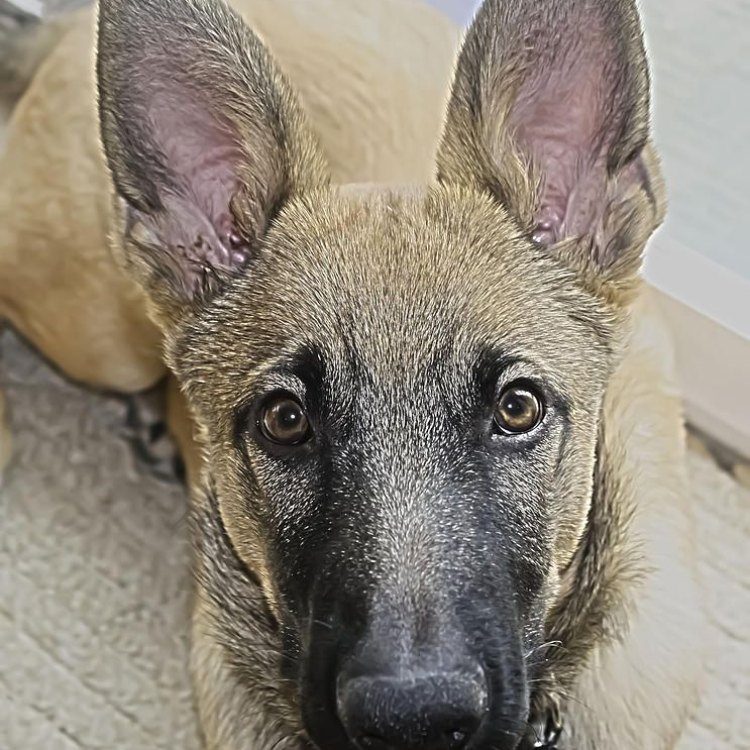
Belgian Malinois
- Adult Size: Medium
- Average Lifespan: 10-14 years
- Reproduction: Sexual
- Reproductive Behavior: Mating occurs when female is in heat
- Sound or Call: Barks, howls, and whines
- Migration Pattern: Non-migratory
- Social Groups: Pack
- Behavior: Loyal, intelligent, and highly trainable
- Threats: None
- Conservation Status: Not evaluated
- Impact on Ecosystem: N/A
- Human Use: Police and military work, search and rescue, and personal protection
- Distinctive Features: Pointed ears, short coat, and athletic build
- Interesting Facts: Belgian Malinois are often used as working dogs due to their intelligence, agility, and trainability.
- Predator: None
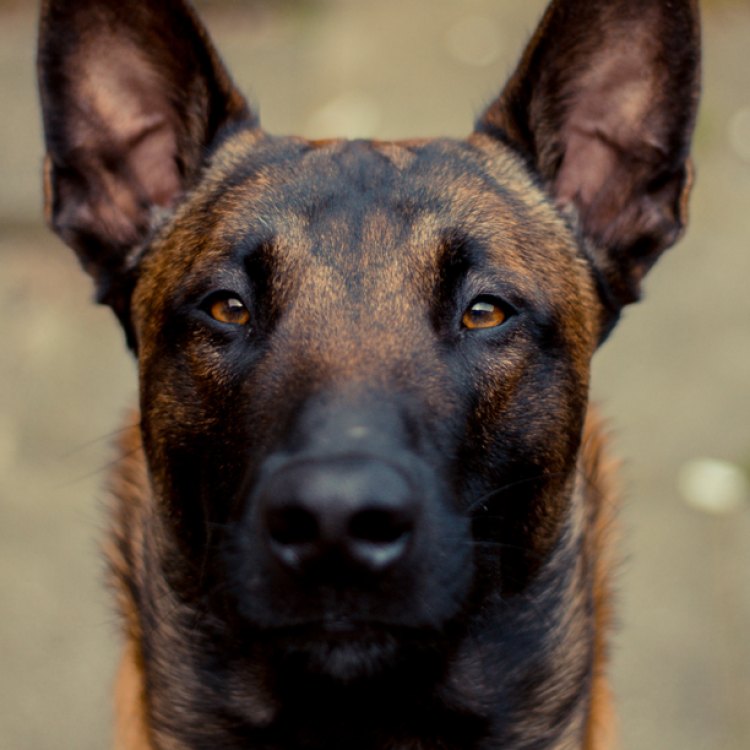
Canis lupus familiaris
The Intelligent and Loyal Belgian Malinois: A Versatile Working Dog
When you think of a dog, what comes to mind? Perhaps a playful and cuddly companion or a fierce protector. But have you ever considered a highly intelligent and versatile working dog? Meet the Belgian Malinois.Belgian Malinois, also known as the "Mals," are a breed of medium-sized dogs that originated in Belgium, as their name suggests. They belong to the herding group and are often confused with their more famous cousin, the German Shepherd PeaceOfAnimals.Com. However, there are many unique features and characteristics that set these dogs apart.
Adult Size and Average Lifespan
The Belgian Malinois is classified as a medium-sized dog, with males typically weighing between 55-75 pounds and females between 40-60 pounds. They stand at an average height of 22-26 inches. This size allows them to be agile and adaptable to different tasks, making them popular among working dog enthusiasts.
These dogs have a relatively long lifespan compared to other breeds, living an average of 10-14 years. However, with proper care and nutrition, some Mals have been known to live up to 16 years old, providing their owners with many years of loyalty and companionship.
Reproductive Behavior and Social Groups
Like most mammals, Belgians Malinois reproduce sexually, with the mating process occurring when the female is in heat. Unlike other breeds, the Malinois has a distinct reproductive behavior pattern in which the female will choose her mate.
Once a dominant male has been chosen, the female will display her approval by placing her tail to the side, showing the male her vulva Bird Snake. Mating typically takes place within a pack, as these dogs are social by nature and prefer to be in a group rather than alone. This social behavior is believed to have originated from their herding heritage.
Sounds and Calls
Belgian Malinois are known to be vocal dogs, using a variety of sounds or calls to communicate with their owners and other dogs. They have a unique bark that sounds more like a "bark-howls" or a "woo-woo." These dogs are also known to howl and whine to express their emotions, such as excitement or anxiety.
Some Mals may be more vocal than others, depending on their training and socialization. If not properly trained, excessive barking and vocalization can become a behavioral issue for these dogs.
Migration Pattern and Threats
Belgian Malinois are non-migratory, meaning they do not have a set pattern of movement or migration. They are not known to migrate for breeding or hunting purposes. Instead, Mals are territorial animals, and they prefer to stay in a familiar environment, such as their home or their owner's property.
Unlike their wild ancestors, who may have faced threats from predators, the Belgian Malinois does not have any natural predators. However, like all dogs, they can face threats of neglect or abuse from humans.
Behavior and Training
One of the most noteworthy qualities of the Belgian Malinois is their behavior. These dogs are highly intelligent, loyal, and highly trainable. They are known to be protective of their owners, making them excellent guard dogs.
Their intelligence and trainability make them ideal for various tasks, including police and military work, search and rescue, and personal protection. These dogs have a strong sense of duty and thrive when given jobs to do.
Conservation Status and Impact on Ecosystem
The Belgian Malinois is not evaluated by the International Union for Conservation of Nature (IUCN), which means their conservation status is unknown. Because these dogs are not a wild species and are commonly bred, they are not considered endangered; however, their popularity does not mean they are immune to health issues.
Like all dogs, the Belgian Malinois can have an impact on the ecosystem, primarily if they are bred irresponsibly. Overbreeding can result in various genetic health issues, such as hip or elbow dysplasia, eye diseases, and skin allergies. That's why it's essential to educate yourself on responsible breeding practices if considering bringing a Mal into your home.
Distinctive Features
Belgian Malinois have many unique physical features that set them apart from other dog breeds. One of the most recognizable is their pointed ears, which stand erect and give them a keen and alert expression. Unlike the German Shepherd, whose ears flop over, the Malinois' ears stay upright throughout their adulthood.
These dogs also have a short and dense coat, which comes in various colors, including shades of fawn, mahogany, and black. This short coat makes them low maintenance and relatively easy to groom. They also have an athletic build, with a deep chest, muscular shoulders, and a slim waist, making them agile and built for endurance.
Interesting Facts
Beyond their physical and behavioral qualities, there are many interesting facts about Belgian Malinois that make them a fascinating breed. The most surprising one is that Mals have a strong instinct to burrow and dig, making them excellent escape artists. It's essential to keep them in a secure and fenced yard to prevent them from escaping.
Another lesser-known fact is that Belgian Malinois are often used for bomb and drug detection, as well as tracking and apprehending suspects. Their incredible sense of smell and focus make them an invaluable asset in law enforcement.
Human Use
Belgian Malinois have a long history of being used for various purposes by humans. Their intelligence, loyalty, and trainability have made them a favorite among law enforcement and military organizations. These dogs are often used for detecting drugs, explosives, and human remains.
But their use doesn't stop there; Belgians Malinois are also frequently used in search and rescue missions, tracking down missing persons and survivors in disaster areas. They are also favored as personal protection dogs, providing their owners with a sense of security and companionship.
In Conclusion, the Belgian Malinois is a remarkable and versatile dog breed, known for its intelligence, loyalty, and unique physical features. These dogs have been serving and protecting humans for many years and continue to do so in various roles. Whether it's in the police force, military, or as a loyal household companion, the Belgian Malinois continually proves its worth and earns its place among the most beloved dog breeds.
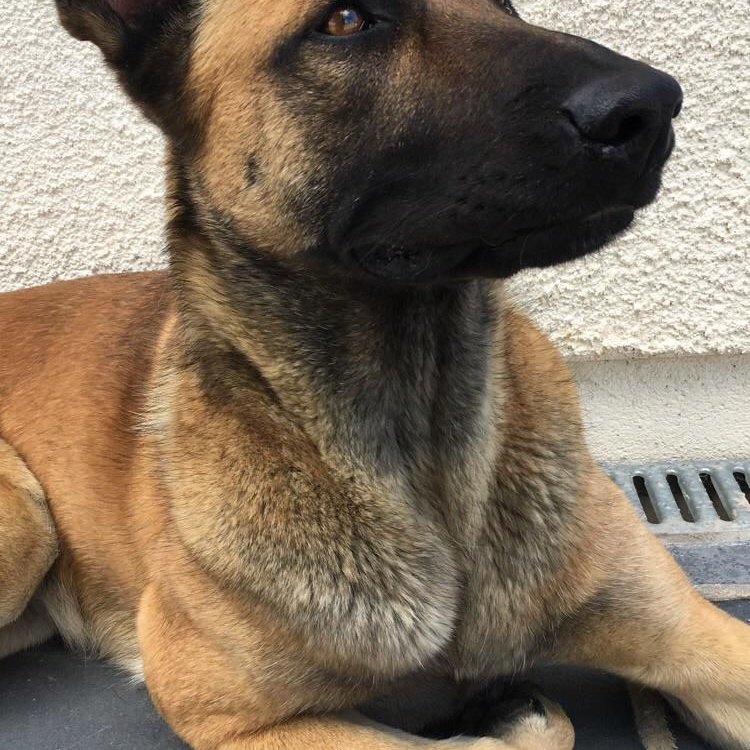
The Incredible Belgian Malinois: A Guide to This Versatile Canine
Disclaimer: The content provided is for informational purposes only. We cannot guarantee the accuracy of the information on this page 100%. All information provided here may change without prior notice.


